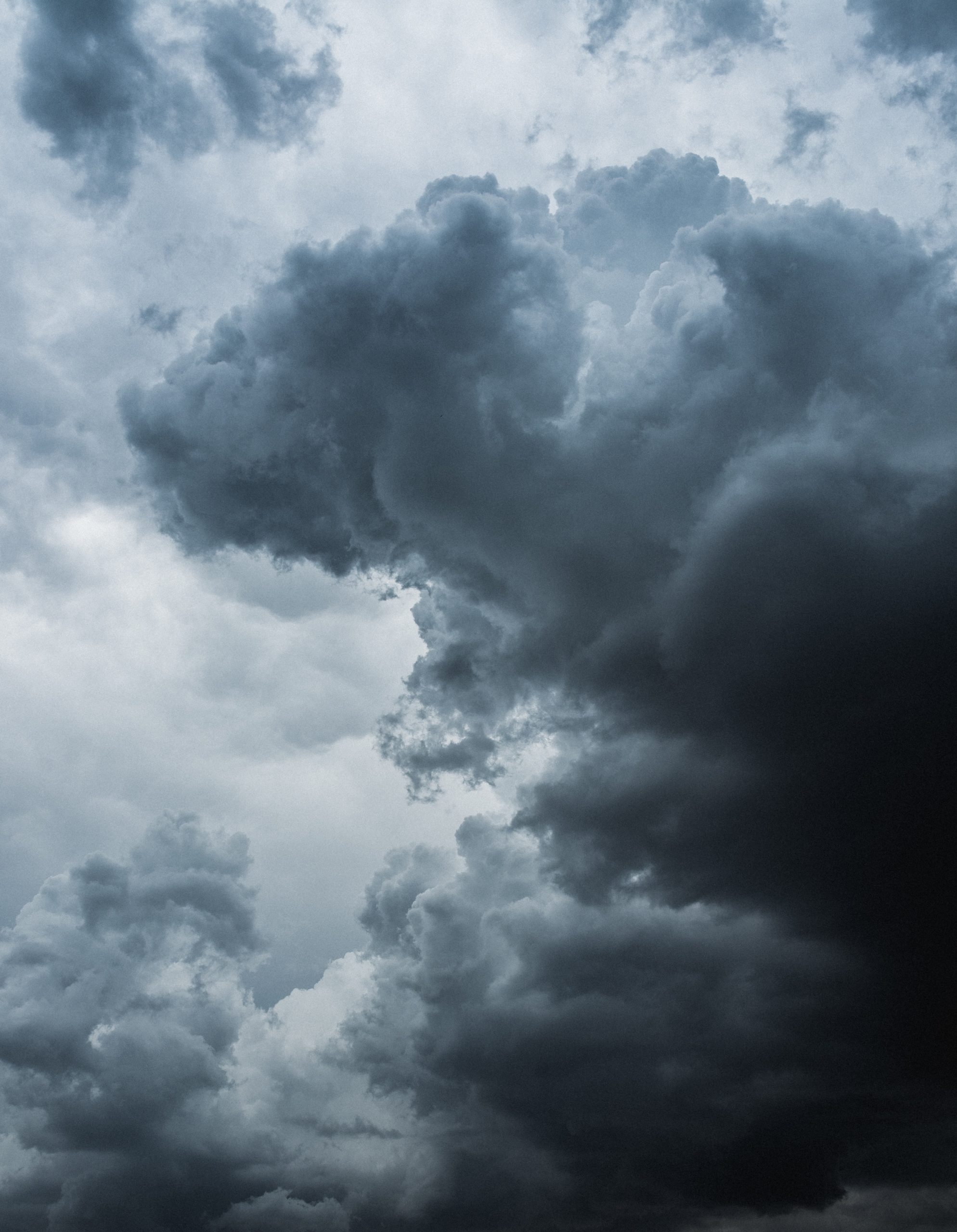
La Niña is hanging around. Certain regions will wish it wasn’t
What’s happening? Australia’s weather bureau has confirmed on that a La Niña weather phenomenon has developed in the Pacific Ocean for a second consecutive year. The phenomenon could see the country experience above-average rainfall across its central, northern and eastern regions. La Niña is usually linked to increased rainfall, more tropical cyclones and cooler-than-average temperatures in the equatorial Pacific Ocean. The news also means California’s current drought will likely continue for another year. (Reuters)
Hold on… what’s La Niña? It’s one half of a climate event spanning the Pacific Ocean that can have knock-on impacts on weather patterns around the world. Twinned with its cousin, El Niño, La Niña – which occurs every three to five years – acts to disrupt the normal climatic conditions in the Pacific where trade winds travel in a westerly direction, pushing warm water towards Asia. Cold water upwells off the west coast of South America to replace the warmer water moving west.
In a La Niña event, these trade winds are strengthened, and even colder water upwells off the South American coast. This then results in the Pacific jet stream being pushed north, which has significant effects on weather in both Asia and the Americas – and further afield.
Why care? Beyond perhaps wondering what even causes this to happen in the first place (one for a rainy day), La Niña comes with real-world implications for countries around the Pacific and elsewhere.
For the UK and Europe, it means wetter and milder winters. In north-eastern China, this year it has resulted in particularly heavy winter snow storms, causing significant disruption and forcing authorities to take action.
It’s particularly not good for California, which is already in the middle of a “megadrought”. Another La Niña year means the region will not experience the wet winter it needs to recharge its water supplies. For a state that it is battling severe wildfires on an annual basis, the projection of a warmer, drier year does not bode well for 2022. It is also not good for agricultural crops on the west coast of the Americas.
La Niña also results in more winter precipitation for western Canada. The events of this week, where at least four died and thousands were left stranded following severe flooding and landslides in British Columbia, serve as a stark reminder of the human impact of such weather volatility in an atmosphere that is holding increasing amounts of water.
More broadly, the reoccurrence of La Niña should signal to individuals and businesses that weather patterns are increasingly harder to predict. The time to prepare for uncertainty is now.
What has climate change got to do with this? This marks the second year in a row La Niña has occurred, which is not uncommon. El Niño is less likely to occur in simultaneous years. However, in a warming world, the El Niño/La Niña system is projected to get more extremeand have more severe impacts. We can expect more weather disruptions due to these phenomena.
Getting prepared – This dynamic highlights the complexity of the Earth’s climate system, but more practically points to the fact we are simply likely to see greater climate volatility and a more frequent occurrence of extreme events over the coming decades. Interactions between seemingly disparate parts of the world’s climate system that can also stack on top of one another will make these events, and their impacts, hard to predict.
For example, the catastrophic flooding in British Columbia was made worse by the summer’s wildfires, which destroyed vegetation that may have slowed the waters. These wildfires may in turn be being intensified by a reduction in sea ice in the Arctic, which is affecting large-scale atmospheric circulation. Arctic sea ice is project to decrease further.


